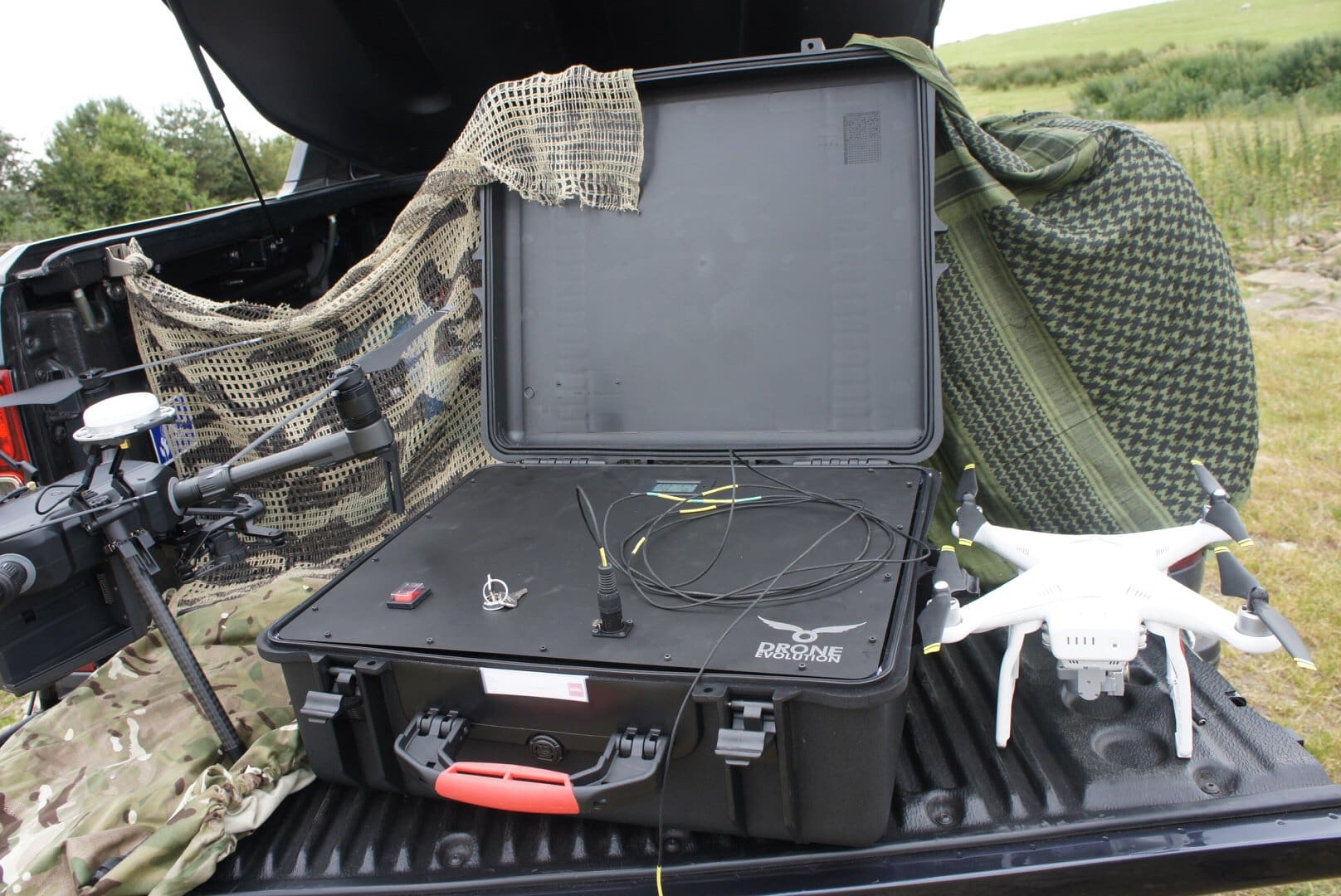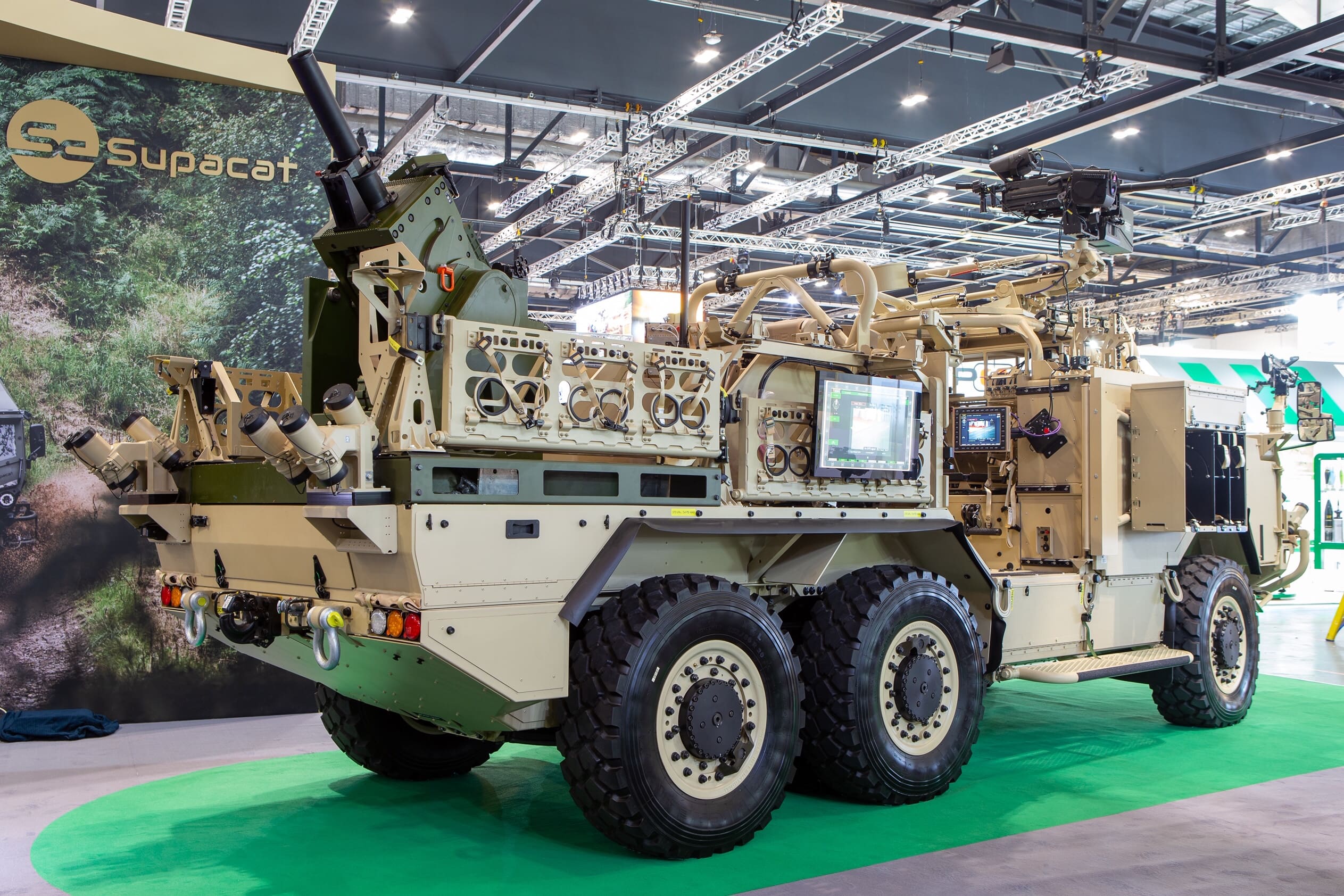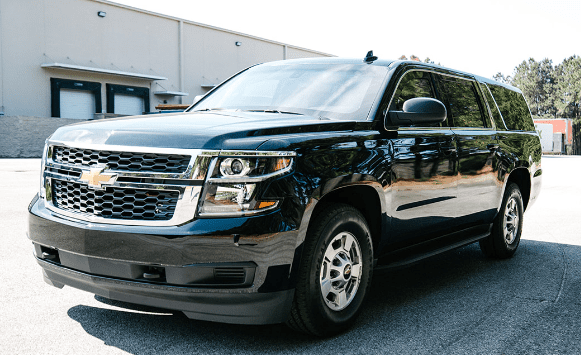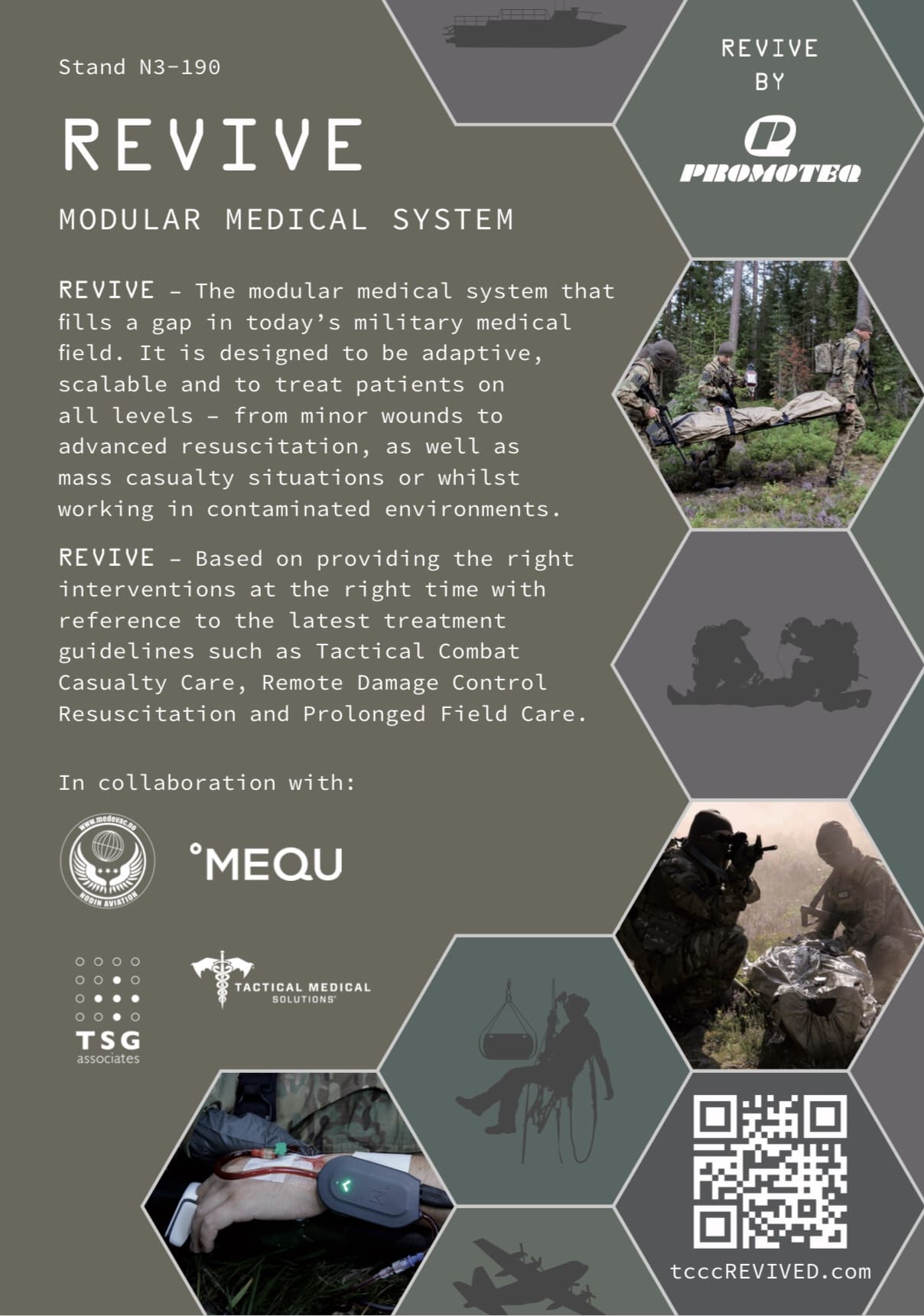Rohde & Schwarz demonstrates tactical and strategic intelligence and digital communications sovereignty, as a systems partner and integrator for planning, developing, manufacturing and implementing secure communications architectures and monitoring networks. The privately owned company showcases an innovative portfolio of interoperable, high-performance solutions for deployment on land, in the air and at sea.
London, September 9, 2019 – At this year’s DSEi, taking place in London, Great Britain from 10 to 13 September 2019, Rohde & Schwarz pushes information superiority, situational awareness and spectrum dominance to the next level, presenting its full technology portfolio on booth S1-350. Showcased are EW/SIGINT (electronic warfare/signals intelligence) systems, integrated communications on the high seas, on land and in the air, networked encryption devices and test and measurement solutions for radar and EW, alongside counter-UAS systems.
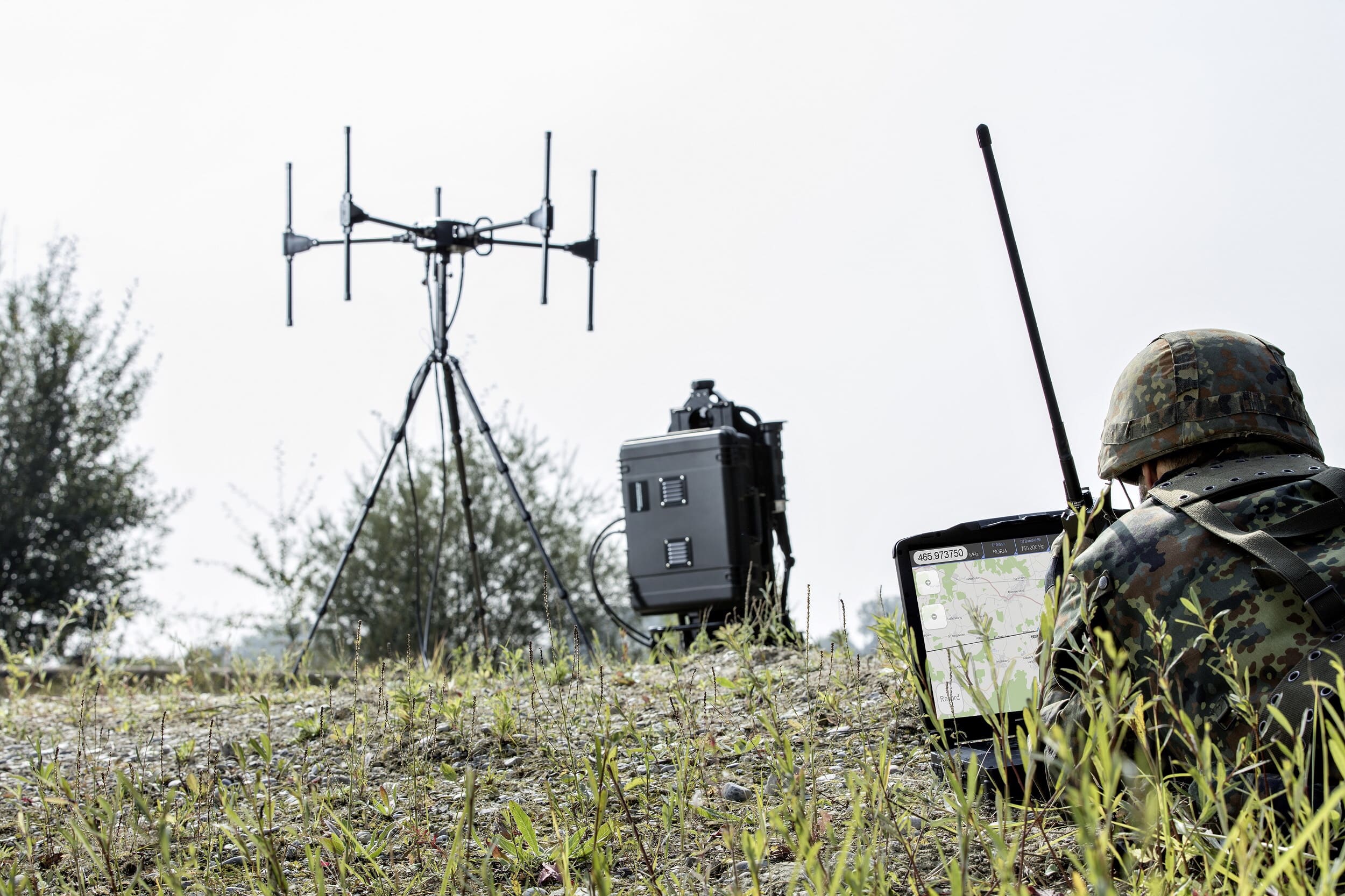
Rohde & Schwarz will showcase its operationally proven NAVICS integrated communications system for internal and SOVERON for external communications on all classes of ships. Relying on commercial IT technology to a large extent, the system is especially cost-effective, and its modern graphical user interface (GUI) makes it intuitive to operate. The system is fully IP based, allowing the integration of further communications services such as Voice-over-IP (VoIP), broadcast, alarm functions and shipborne telephone systems. Rohde & Schwarz will equip the Royal Navy’s Type 26 Global Combat Ship with an integrated communications system, built around the NAVICS, under a contract from BAE Systems, covering both internal and external communications.
As a leading supplier of EW/SIGINT solutions, Rohde & Schwarz is THE One-Stop Shop for reliable and field-proven EW, offering an exceptional portfolio and comprehensive functionality. In London, the company will showcase advanced EW systems for enhancing the situational awareness during operations in the field. The presented ELINT system features components of next generation ELINT intercept solutions that have been established on the market for years. The core component is a new 8-channel wideband ELINT concept, with 2GHz bandwidth, collecting and analyzing modern LPI signals and likewise legacy radar emissions. Exhibits also include a cellular network analysis system for supporting reconnaissance missions with focus on non-military communications. Moreover, Rohde & Schwarz will present a counter-UAS solution that provides reliable drone detection and countering capabilities even under challenging signal scenarios. The modular and scalable systems can be deployed on a variety of platforms and are in operation in the field several dozen times.
With its expertise in test and measurement, Rohde & Schwarz is also a leading provider of dedicated test solutions that help developers and engineers address the latest challenges in advanced radar and EW system design. At DSEI, the company will showcase its state of the art solutions for testing multifunctional radar systems, radar warning receivers and deceptive jammers/DRFM.
Addressing land-based platform requirements, SOVERON provides government customers with a secure, high-performance network architecture based on state-of-the-art hardware and software. SOVERON creates technological independence, scalable and modular according to customer requirements thus enabling digital sovereignty. As key components of the SOVERON architecture, Rohde & Schwarz presents its innovative SOVERON software defined radios (SDR) for tactical and airborne communications scenarios. For these SDRs, the company has designed high data rate, anti-jam waveforms to match diverse mission requirements. For every communications scenario, users can select the waveform and encryption that best suit their requirements in terms of range, data rate and jam resistance.
Furthermore, Rohde & Schwarz displays a broad range of hardware and software products to effectively protect networks and critical infrastructures against attacks. These encryption solutions protect authorities, organizations and enterprises against espionage and data manipulation. The Rohde & Schwarz network encryption devices are approved by the German Federal Office for Information Security (BSI) and can be used flexibly with many stationary and mobile applications.
www.rohde-schwarz.com




